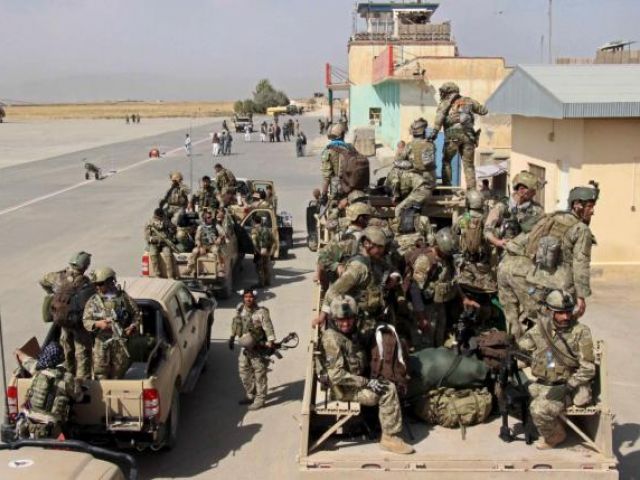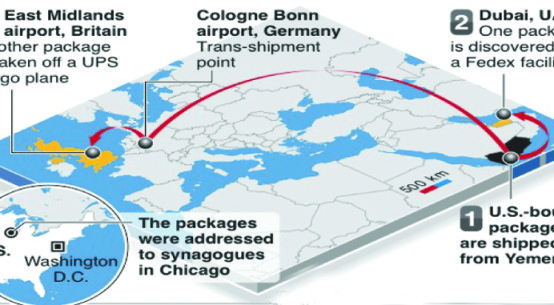
Since NATO troops withdrew from Afghanistan at the end of 2014, Taliban has been incessantly trying to regain control of the country and Afghan army has been fighting a losing battle. The Taliban stronghold Helmand province in fact is the most dangerous province in the country. Out of a total of more than 456 British military personnel who have died in Afghanistan since 2001 – all but seven of them have died in Helmand which speaks eloquently of its danger quotient. Foreigners no more find it safe to visit restive Helmand except with military support. It is believed that Kulbhusan Yadav was kidnapped from this province and sold to ISI for a ransom which Pakistan later on projected as a RAW agent.
Neither the Afghan army nor coalition forces are prepared to host journalists as the Afghan forces, since taking over the battle against the Taliban from allied forces, have been steadily losing ground in Helmand. Currently Afghan forces are fighting from Camp Bastion which was the main British base in Afghanistan that was built and operated at the cost of billions of pounds. Bastion used to be a sprawling, well-fortified British-run base with its own water bottling plant, hospital and police force that was home to 30,000 people. Its airfield was extremely busy due to movements of aircrafts and helicopters.
At its peak, during the last decade, the base witnessed some of the fiercest fighting of the entire Afghan conflict. Widely regarded as a safe haven for troops, its reputation received a jolt in 2012 when a Taliban attack breached the perimeter resulting in death of two US Marines. With forces withdrawal, Helmand has lost much of its sheen. What remains is the headquarters of the Afghan Army – Camp Shorabak – and a compound run by Resolute Support which is the ongoing NATO effort to ‘train, advise and assist’ the Afghan military. Currently Brigadier General Andrew Rohling is the commander of Resolute Support.
Helmand is still the key frontline for the battle against the Taliban but the record of Afghan forces here has not been that good as they have withdrawn from areas they formerly held. After 2015, army is reviewing its capabilities; focusing on places where they are best postured to upscale their strength to fight reasonably for the long term. They have so far made a series of ‘strategic withdrawals’- an euphemism for surrender- from key towns and these are the places the British fought bravely to defend, namely Sangin, Musa Qala and Nad Ali.
Taliban rule extends over the lush green poppy fields on either side of the Helmand River. The Afghan assault on Sangin is critical for the future of Helmand and the key test of whether it can replicate its major offensive to retake Taliban-controlled parts of Sangin and the area around it. Brigadier General Mohammad Ghani, the chief of staff of Afghan forces in Helmand has commenced operations to clear the villages all the way towards Sangin district with this entirely Afghan-run assault involving about 600 troops.
Army that was in a defensive position is gradually reconsolidating the forces to get on the offensive. Sangin was the scene of some of the fiercest fighting British forces have experienced for decades. This battle for Helmand will be decisive in Afghan quest for a Taliban-free society. If the government assault succeeds it will re-establish the Afghan Army as a more effective fighting force worthy of people’s trust to defend the militancy-infected country. Otherwise it is back to the drawing board stage for Afghan forces to redraw their entire strategic plan for the troubled province.



